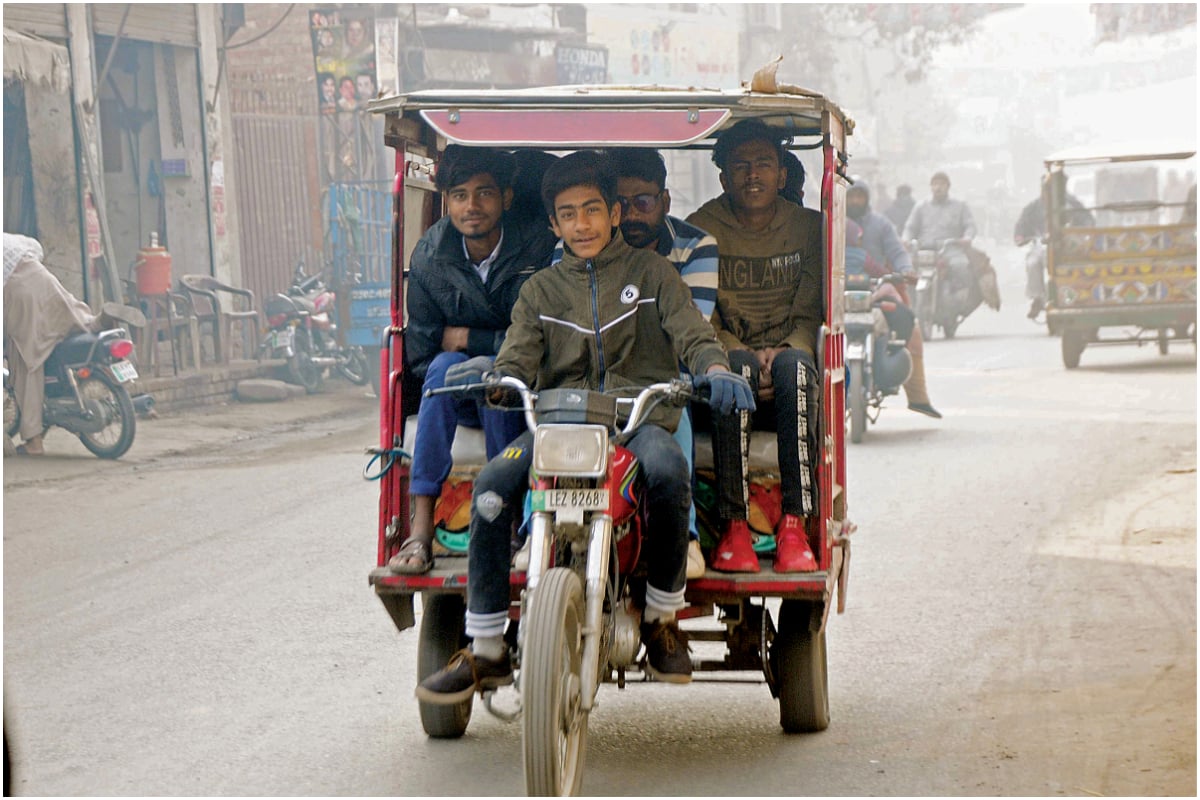
photo: Mohsin Raza/Bol News
Lack of public transport sees a rise in child rickshaw drivers
Lahore: For Usman Ali, nine, a fourth-grade student at a central model high school, life is altogether a different story. To make ends meet, he has been driving a motorcycle rickshaw for eight hours after leaving school. In his seven-member family, he is the sole breadwinner.
On the other hand, for Zeeshan, a nine-year-old boy from Lahore, life is having his first three-wheeler sports bike ride on the round track at National Bank Park near Kalma Chowk. As the joy ride comes to an end, he shouts and waves to his family. At the same time, on the other side of town, near Daroghawala in the Shalamar neighbourhood, an eight-year-old exhales a sigh of relief, though Muhammad Shahzad’s ride was not a joy ride. He’d been driving the motorcycle rickshaw (also known as a “chand gari”) for eight hours after returning from school, transporting passengers from Daroghawala to Sheller Chowk near GT Road.
As the start of the American invasion of Afghanistan produced child soldiers and teenage suicide bombers in a war-torn country, the start of the twenty-first century produced child drivers riding extremely dangerous motorcycle rickshaws in the streets of our urban sprawls. It all started in 2006 with President General Pervez Musharraf’s “Rozgar Pakistan” scheme. Now the threat has spread not only to Lahore but also to rural areas.
Shahzad attends the Government Public School near Sheller Chowk in grade II. He’s been operating the motorcycle rickshaw on GT Road and its surrounding areas for nearly a year. “After driving the rickshaw for eight hours every day, I earn Rs 500 to Rs 600 per day. During the hours of 9 pm and 11 am, my older brother drives it and earns between Rs 800 and Rs 900 per day. We are still unable to make ends meet and to provide for our family,” he stated.
Explaining that he is a cautious driver, Shahzad said, “I’ve never participated in a race with other drivers. I dislike driving, but I need to provide for my family.” He also revealed that his brother paid for the rickshaw in monthly instalments.
Unlike Shahzad, most of the motorcycle rickshaws plying the roads have been rented out to child drivers. Twelve-year-old Irfan Ali, a sixth-grade student, has been driving a rented motorcycle rickshaw for more than two years and is a resident of Madina Colony near GT Road.
“I drive a rickshaw after school and earn about Rs 700 per day, from which I must pay the vehicle owner Rs 300 per day in rent. I serve passengers of all ages and work late into the night, and I’ll transport more than seven people from one stop to the next. However, I don’t have a driver’s licence or a registration book. My father also works as a rickshaw driver,” Irfan added.
He, like Shahzad, claims that he never participates in motorcycle rickshaw races. That may be true, but because these are all young people, the desire for an adrenaline rush may drive them to participate in races sooner or later. He claimed that the rickshaw frequently broke down but that it was not his concern because the owner was responsible for maintenance.
Rehman Ejaz, who was in his early adolescence, lives in the Youhanabad neighbourhood, about nine kilometres from the General Hospital on Ferozepur Road. He’s been driving a Qingqi rickshaw he bought in installments for over three years. He is responsible for seven family members. He admits that driving in Qingqi is dangerous, and he has been in three serious road accidents, but his desire to work knows no bounds, as he still owes Rs. 100,000 in installments. So far, he had managed to pay Rs. 50,000. He also enjoys making some extra money and participates in all of the weekend races.
“I have no idea what it means to be underage. All I know is that I must earn more than Rs. 800 per day in order to pay Rs 4,000 in monthly installments. I’ve been fined numerous times for violating traffic laws, and I don’t have a driver’s licence or a vehicle registration book. Because I drive for about 16 hours a day, it costs me Rs 300 per day just to fuel my ‘chand gari’,” Rehman explained.
None of the child drivers have national identity cards, driving licenses, or vehicle registration papers. When they are fined, they usually give their parents’ NICs. The majority of the time, they are not even checked by city traffic officers. The main reason is that there is no one to enforce traffic laws on the busy roads where these children drive.
There are approximately 3100 traffic police officers in the city, with nearly 500 working in offices. The others work eight-hour shifts, which are insufficient to monitor the roads, particularly in the suburbs. Ferozepur Road from General Hospital to Begum Kot area, Multan Road, Gulshan-e-Ravi, Saggian Bridge to Begum Kot area, Shahdara, Shadbagh, Chah Miran, Misri Shah, Saddar, Garhi Shahu, Dharmpura, GT Road, and Zarar Shaheed Road are among the areas where these kids drive rickshaws. Motorcycle rickshaws are prohibited on major thoroughfares such as The Mall, Jail Road, Main Boulevard, and Defense.
Zeshan Ali, twelve, has been driving a motorcycle rickshaw on Gulshan-e-Ravi’s main boulevard for a year. He dropped out of school and is now a full-time driver. “From Samnabad Mor to Bund Road, I charge Rs 10 per person. For the rickshaw, I’ve agreed to pay Rs 250 per day. As a result, I must drive for at least 14 hours per day to bring something home. The machine is faulty because the brakes are worn out. Minor traffic accidents are common, but racing is the most exciting aspect of our lives, and we enjoy it. It’s exciting,” Zeeshan was of the view.
The motorcycle rickshaw’s design is flawed, as it is very light and has poor road balance. Despite the fact that the scheme was launched by the federal government, the Punjab government continued to pursue them, deeming them a hazard. Later, as the pressure on companies manufacturing these vehicles increased, the number of companies increased to 32. Governments have failed miserably in providing transportation for the general public. Motorcycle rickshaws are not necessarily safe modes of transportation, but they fill the gap left by the lack of public transportation. The government must assess the situation and work to alleviate people’s problems and the suffering of these children.
Catch all the Urban Insight News, Breaking News Event and Latest News Updates on The BOL News
Download The BOL News App to get the Daily News Update & Live News.





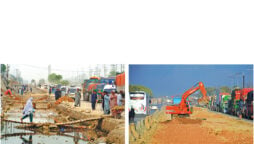
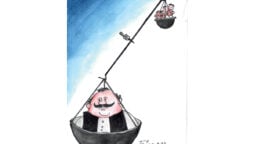
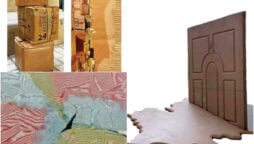
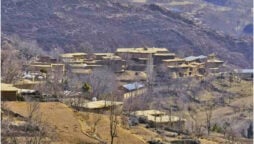
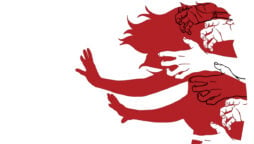
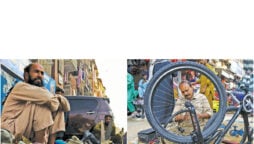

 Read the complete story text.
Read the complete story text. Listen to audio of the story.
Listen to audio of the story.